Da-Wan Yakiniku 大腕燒肉專門店: Ephemeral Moments of Zen Pleasure
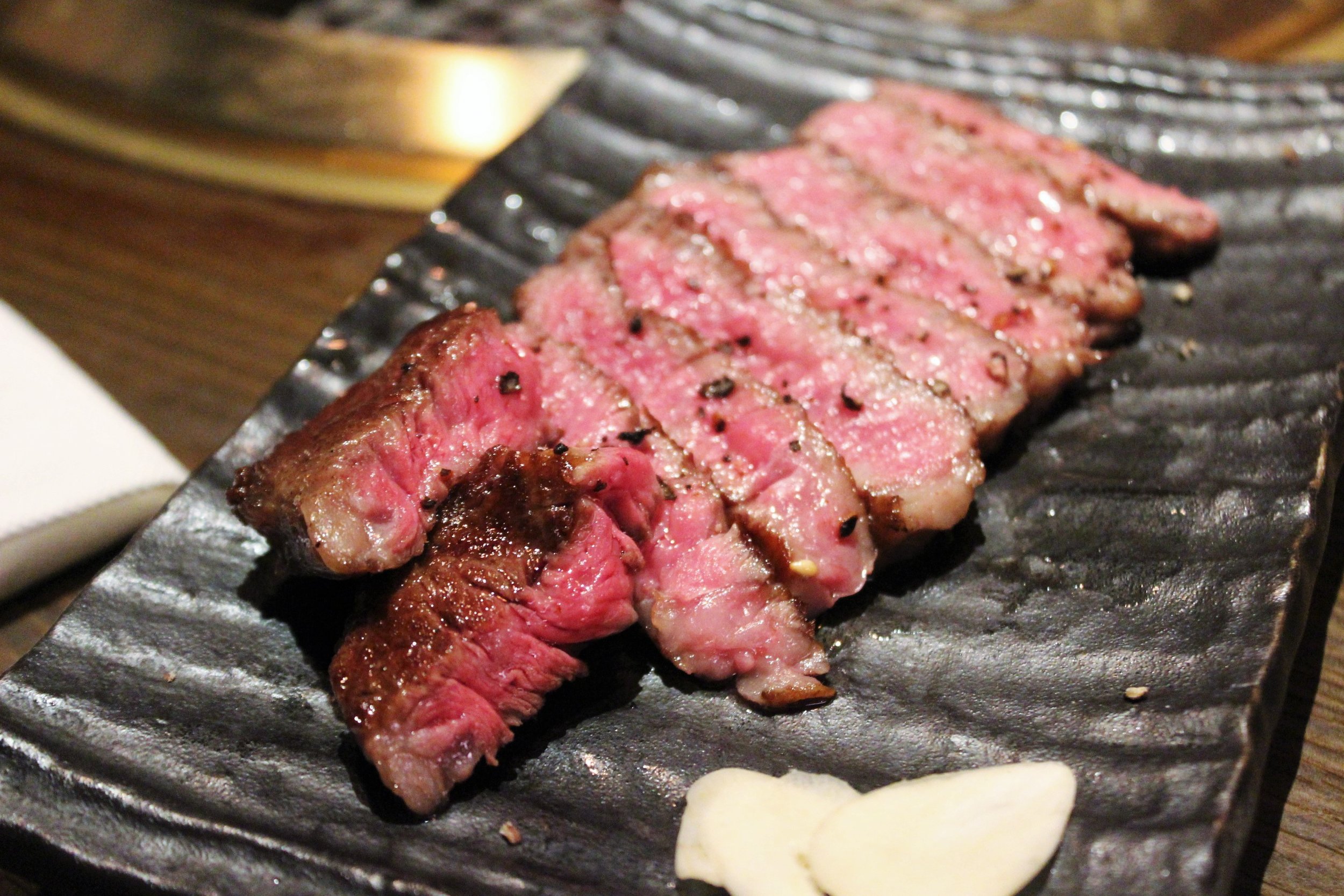

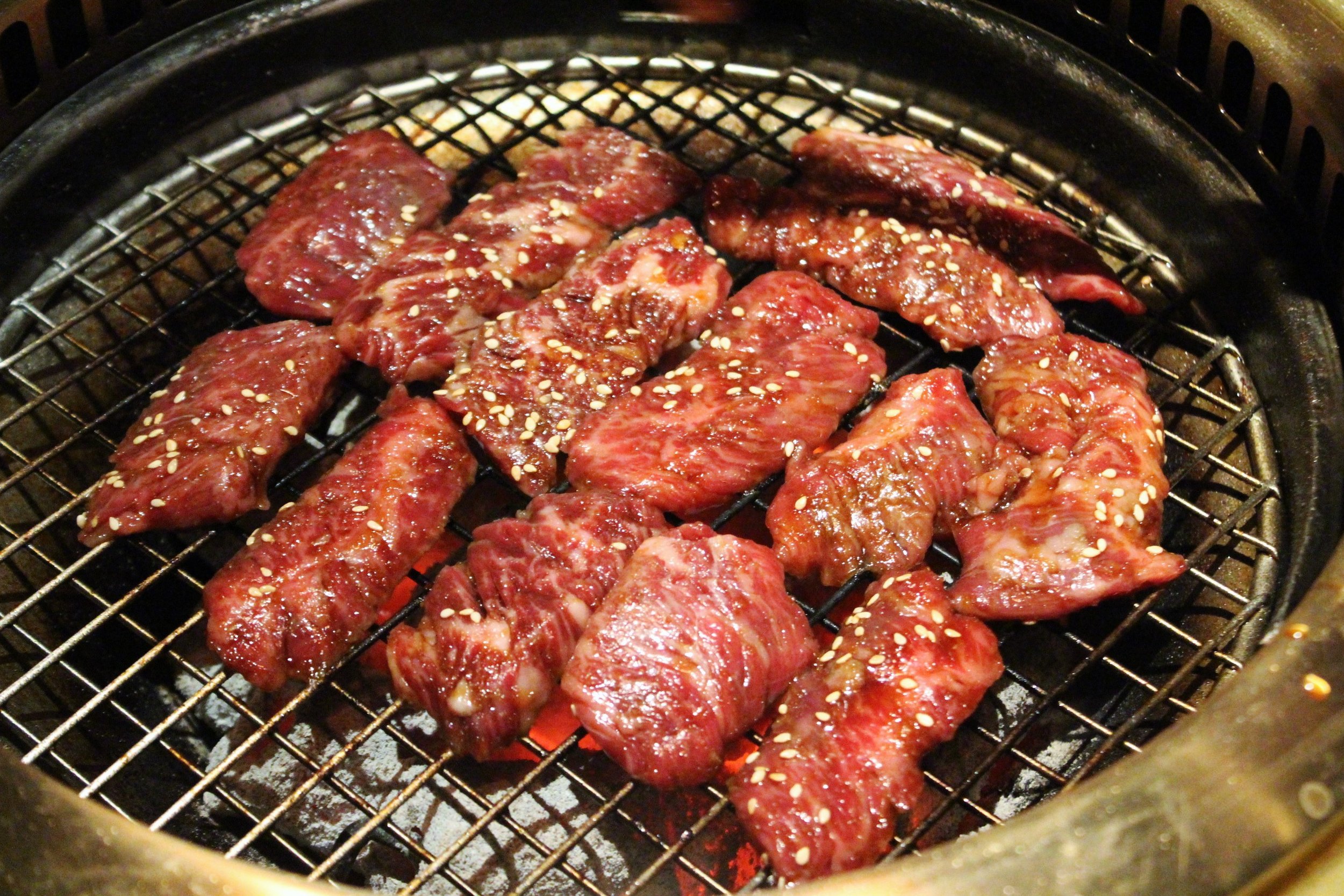
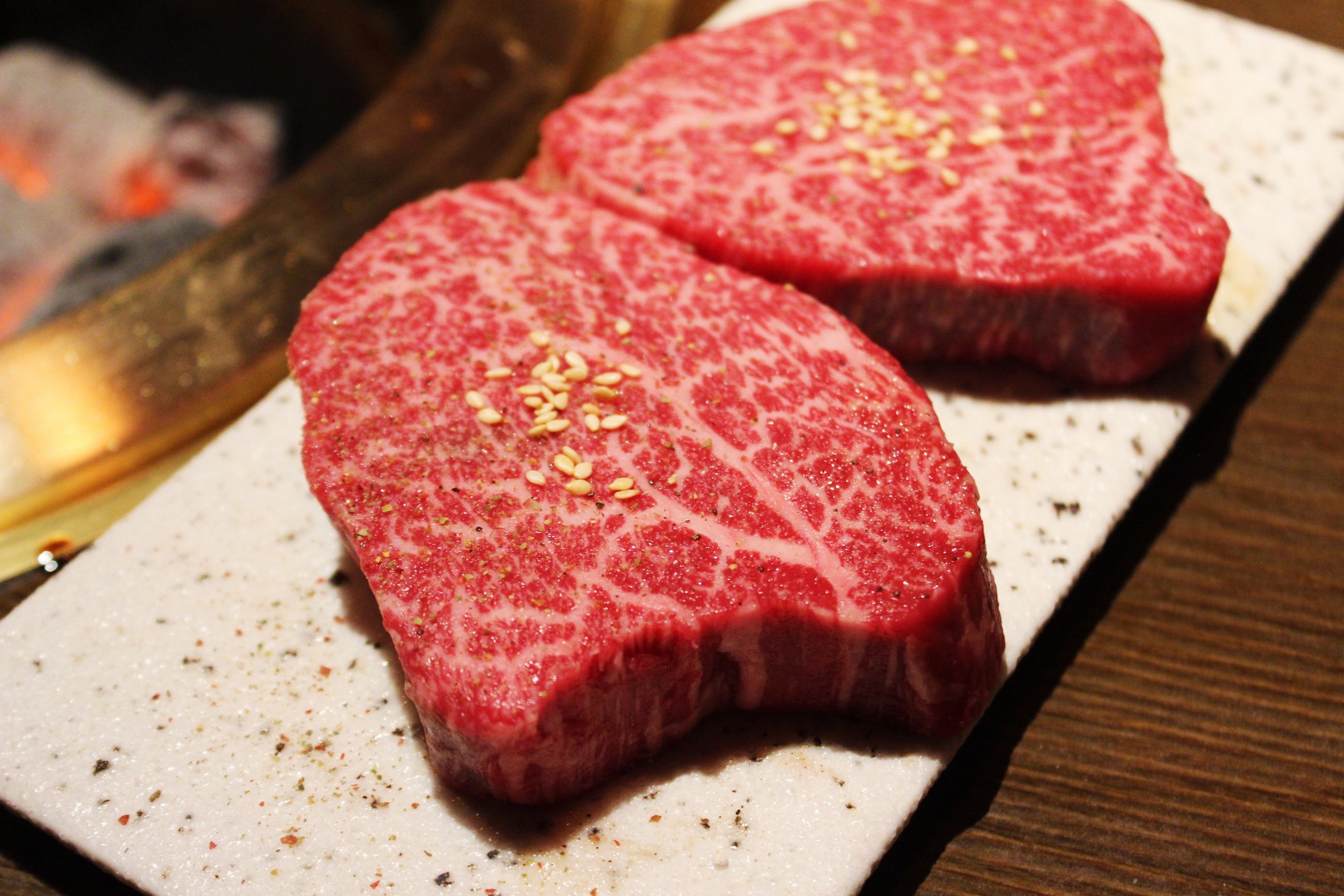
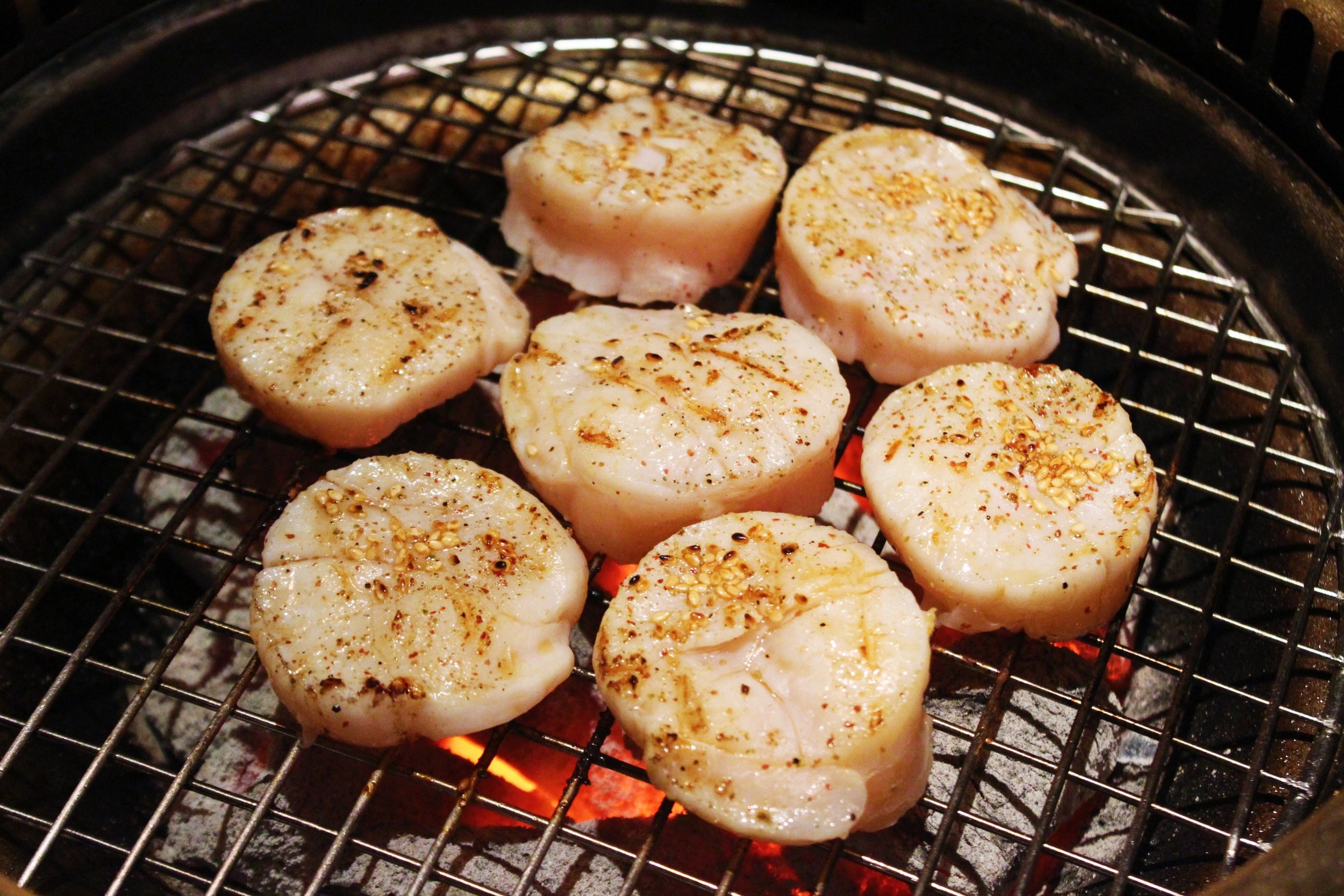
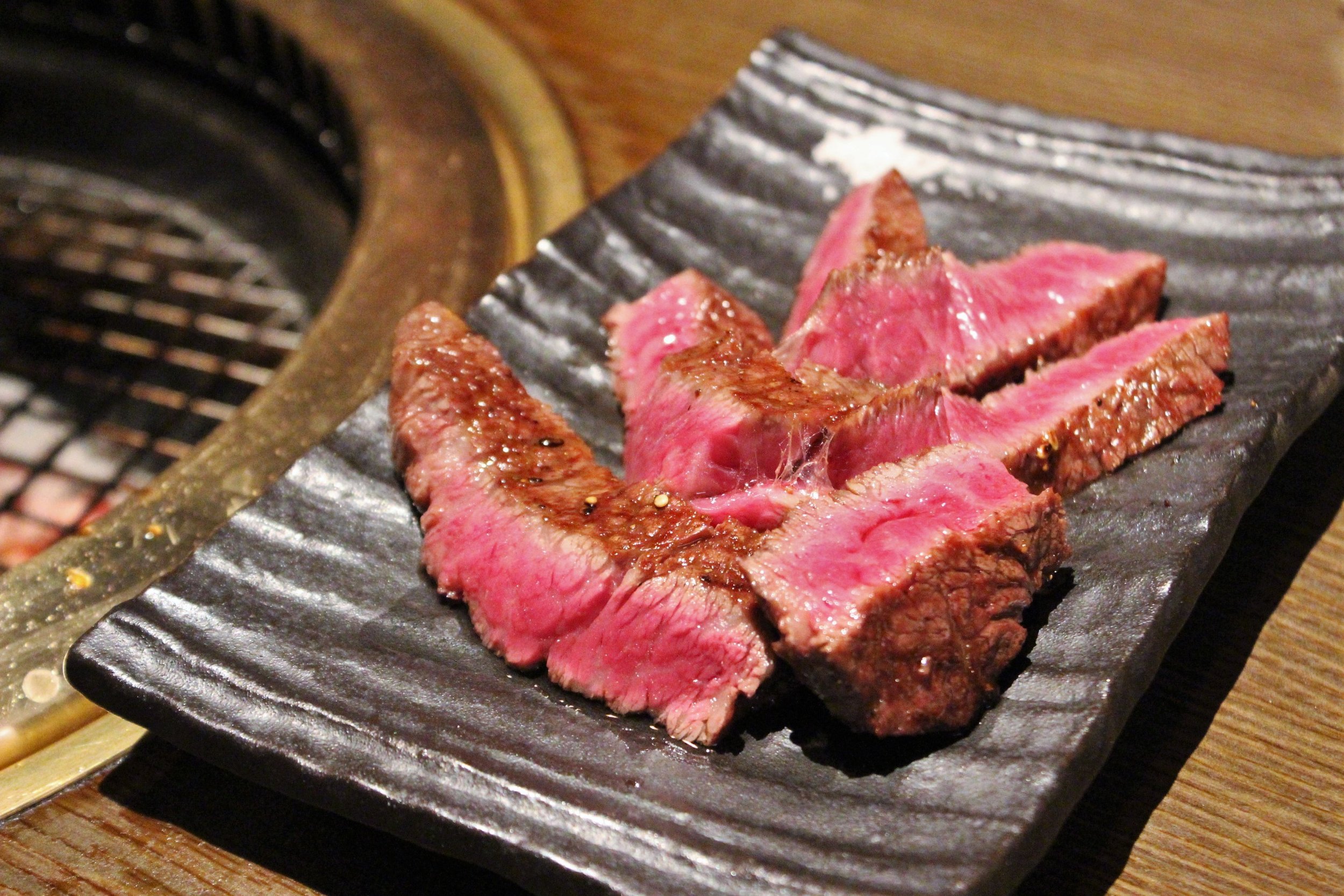
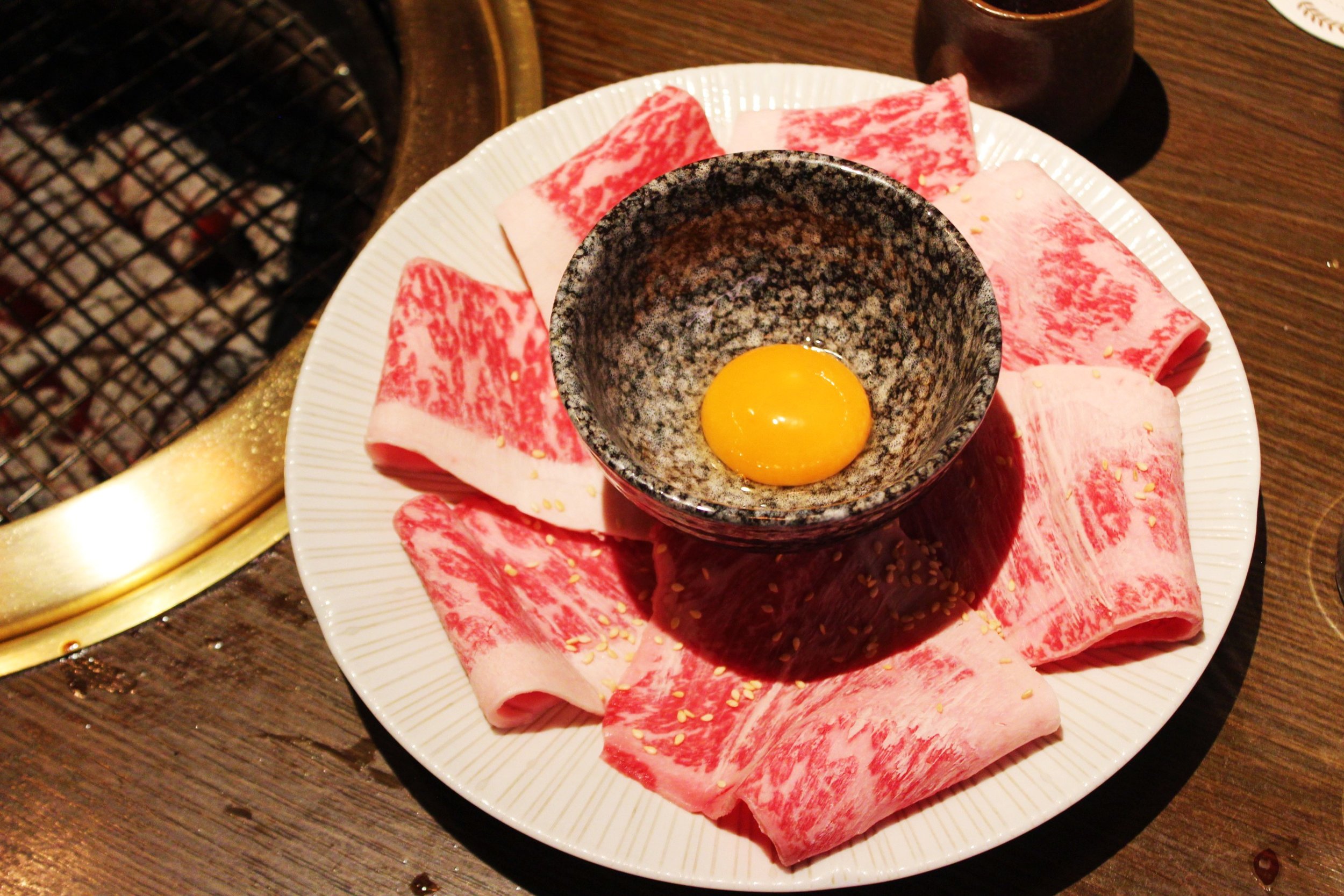
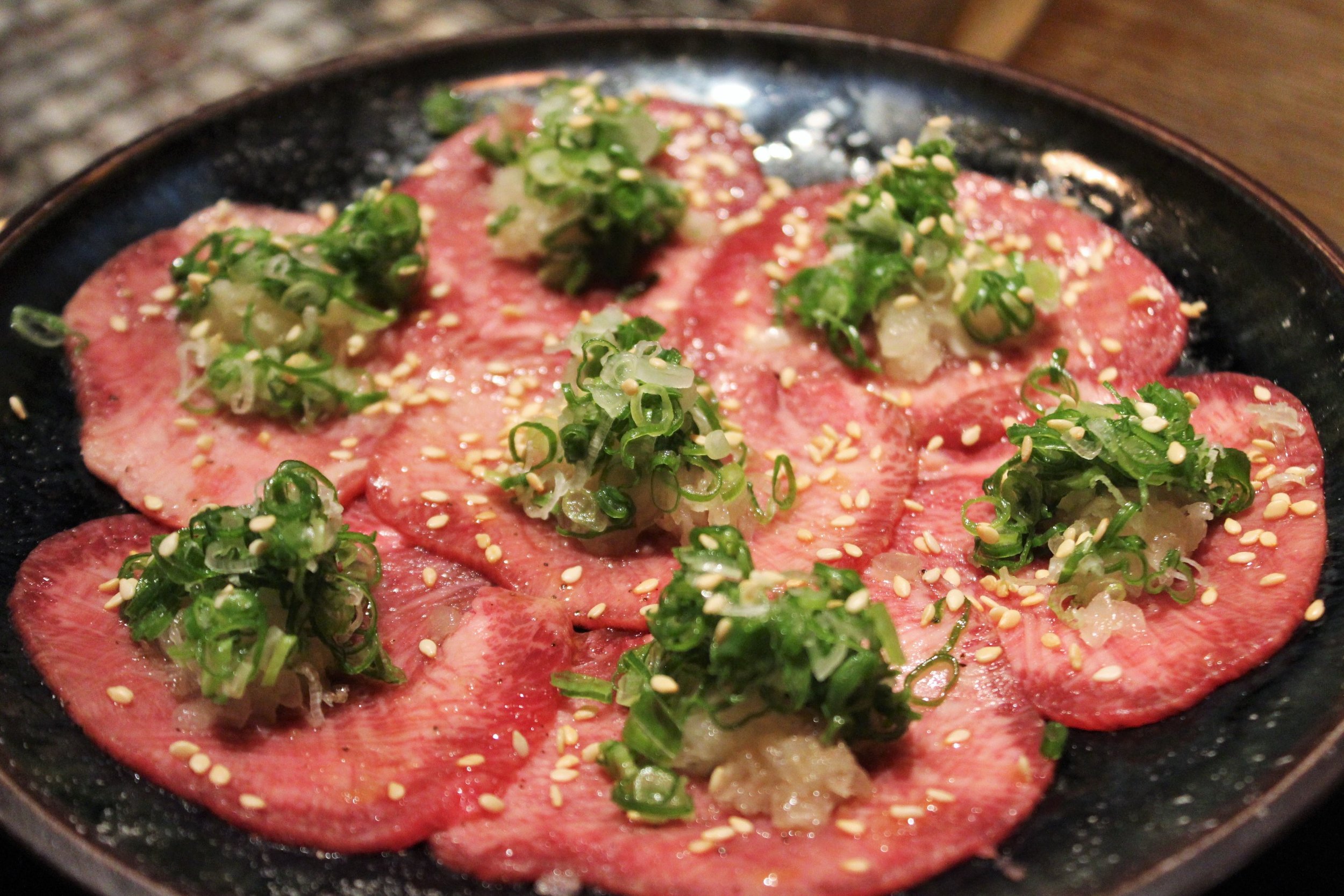
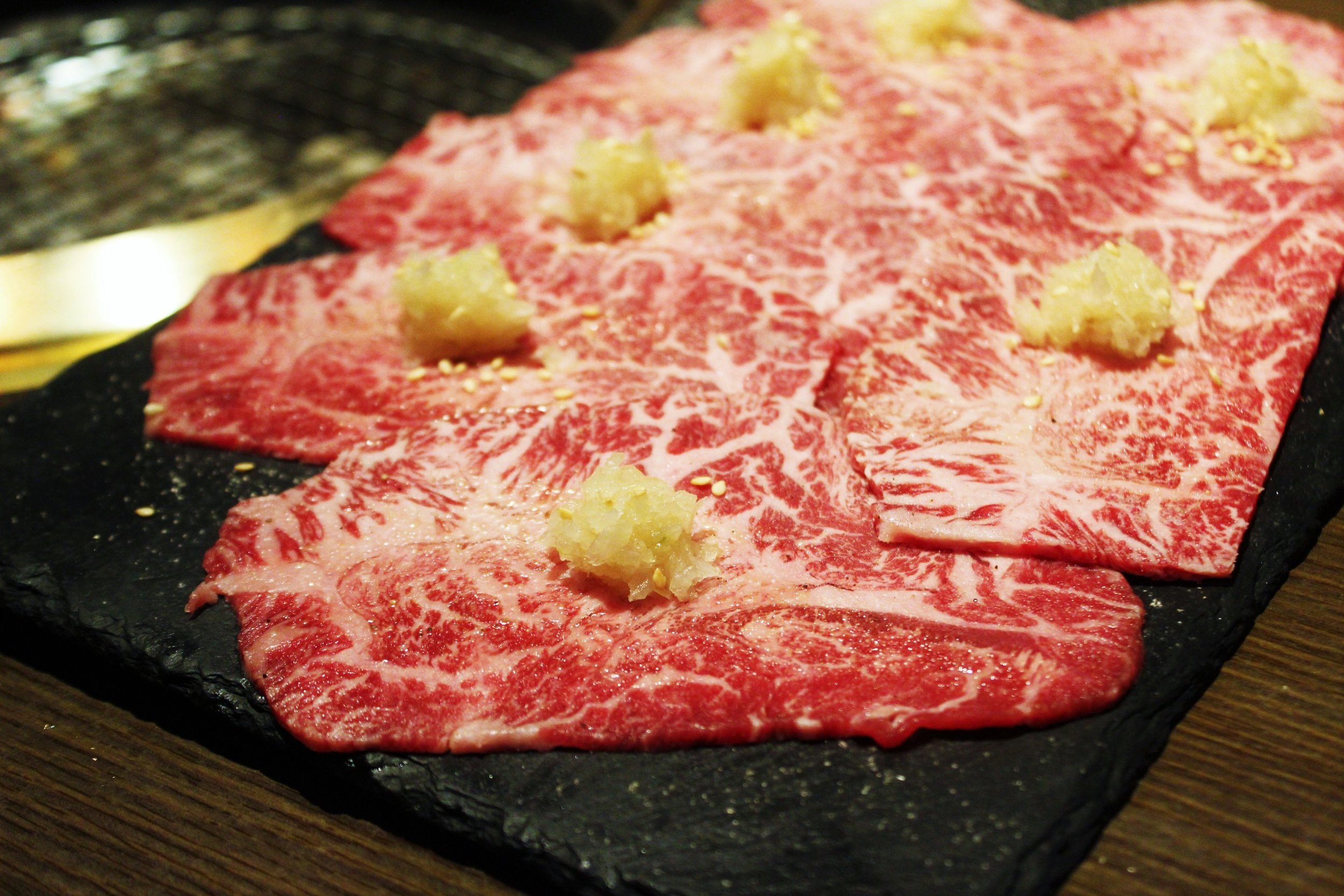
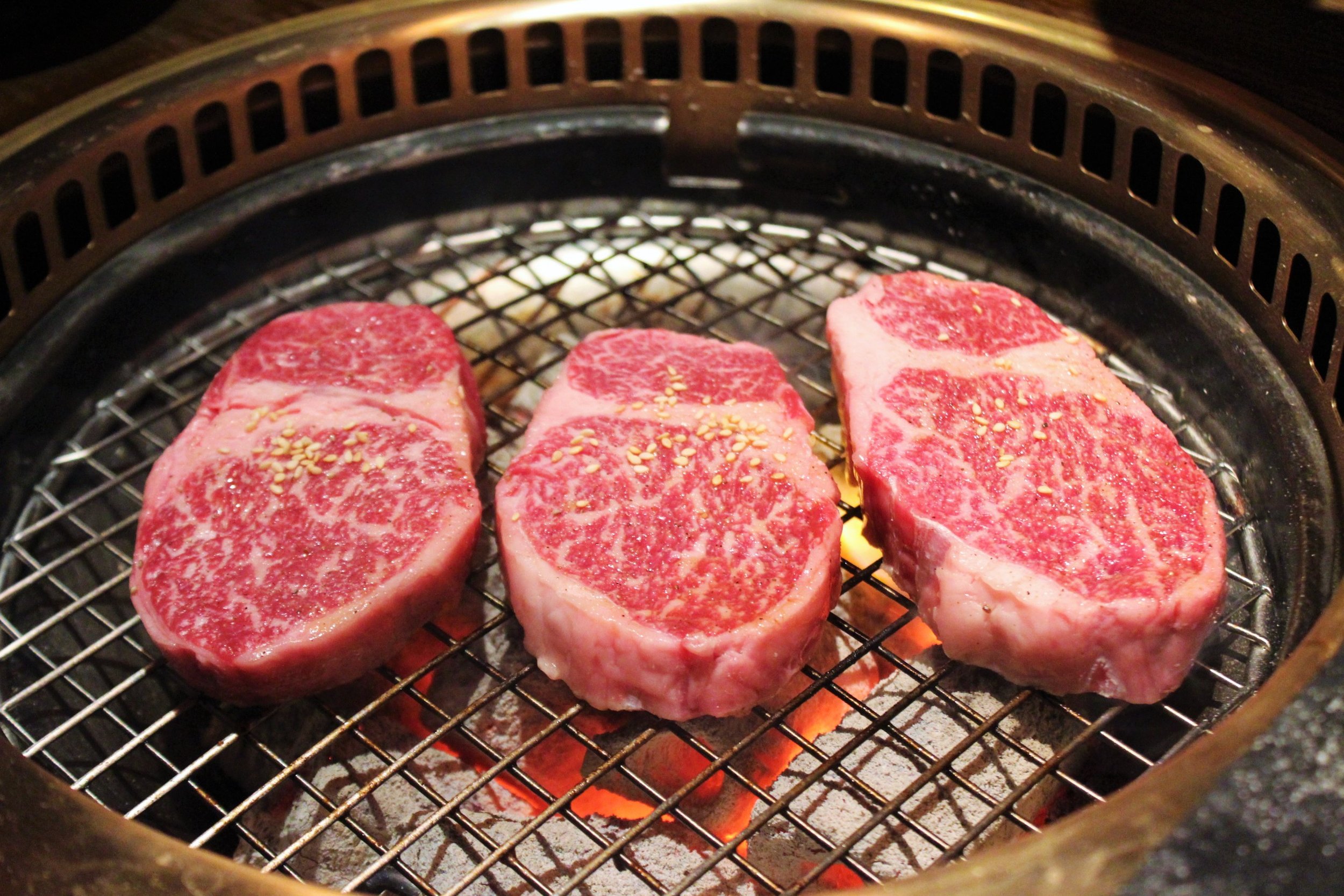
Hi Everyone! Who’s ready to learn about some Japanese Yakiniku from the restaurant that serves some of the best in Taiwan? I am! Today, we’ll be going over our massive meal at Da-Wan Yakiniku Restaurant in the Da’an district of Taipei. It's a long review so feel free to skip around the post.
The restaurant is quite small and it can be hard to get a table so it’s highly recommended to make reservations ahead of time. There is only one table that seats 6-7 people and bar seating of roughly 25 that surrounds the perimeter of the kitchen. After eating here, you can expect to smell like grilled meats for the rest of the night! You will surely attract all the hungry singles in Taipei.
FUN FACT: Since Taiwan cannot import Japanese beef, most of the high quality meats of wagyu origin, including the meat served at Da-Wan, will likely come from Australia. I know, it sucks. But, Australian wagyu is still very high in quality. While Japanese breeders aim to maintain the bloodlines of their cattle, Australian breeders have the flexibility to mix the genetic features of original wagyu cattle with local breeds. As expected, Australia is a strong producer of both fullblood (purebred) wagyu as well as cross-bred wagyu. It’s very interesting stuff. I hope I can learn more about it this year :)
Address: 1/F, No.22, Lane 177, Section 1, Dunhua South Road, 敦化南路一段177巷22號, Da'an District, 台北市 106 Taiwan
Recommended:
Asparagus and Butter
Hokkaido Scallops
Beef Tongue with Onion Scallions Sesame Seeds
Wagyu Beef Shoulder Marinated in Sweet Soy with Grated Radish and Onion
Wagyu Beef Tenderloin Filet A9+
Ribeye with Garlic
Short Rib A9+ with Wasabi
Ribeye and Short Rib
Wagyu Sirloin Dipped in Egg Yolk Shabu Shabu
Beef Diaphragm
King Trumpet Mushroom
The Ferrari: Australian A10 Wagyu with Sea Salt, Sliced Garlic, Freshly Ground Wasabi
Japanese Yam
Anyway, let’s start talking about the food. All the meats are grilled using binchotan charcoal, a.k.a. the best charcoal you could ever use. This charcoal emits infrared rays and burns at a lower temperature, which reduces smoke and odors. Binchotan also burns cleaner than other charcoals. It also helps cook the meat evenly and prevents it from drying out.
Before our meats arrived, we started with a few appetizers, including some Japanese Yam and King Trumpet Mushrooms. They grilled both dishes at our table and it really jump-started our appetites. The Japanese Yam (see above) was thinly sliced and was allowed to grill for a long time, which made the yam nice and crispy on the outside but still soft on the inside.
The King Trumpet mushrooms were super juicy. These are some of the few mushrooms that I really love. They've got a firm, meaty texture with a showstoppingly pleasant taste. The King Trumpet mushroom is also called the King Oyster mushroom. I'm not sure where that name came from but it does have a bit of seafood/umami notes. It seems like it could be a viable vegetarian version of abalone!
We also got some Asparagus. No, not just some regular asparagus. Da-Wan put the asparagus in some foil, doused it with butter, and left it on the grill for maybe 10-15 minutes. By cooking it in aluminum foil, the asparagus retains most of its juices as it steams in the melted butter. It cooks evenly throughout but does not get any of that nice smoky char since it does not get into contact with the flames.
The Hokkaido scallops were also very good. They grow in the cold waters of Japan, so these are some of the most tender, creamy, and sweet scallops you can find. Naturally, the scallops have large, firm adductor muscles used for swimming. These muscles have thin fibers that make it very easy to eat both raw or cooked.
After the above appetizers, we started eating the fun stuff (i.e. all the high quality beef and cuts that our little cholesterol-filled arteries could ask for). So, we started with some Wagyu Beef Shoulder Marinaded in Sweet Soy with Grated Radish and Onion (see above). I'm no beef expert but there are several types of cuts along the shoulder of the cow. Typically, it's referred to as "chuck", which is the area past the neck area of the cow. It's nice and tender and does not have a lot of fat. This leads me to believe that this cut of the shoulder was actually top blade steak, which is characterized as tender, higher in fat, and is often sliced thinly due to its gristle content. This cut is also more tasty than regular chuck meat. Regardless, it was a perfect starting point for the rest of the meal.
Above, we have the Beef Diaphragm. It was super tender but it was not tough to eat. It comes from the underside of the cow. It's also known as flank/hanger/skirt steak. It's very chewy but its got a solid amount of flavor and can be eaten without much added seasoning/flavors.
Next, we upped the interesting/weird factor. Above, you will notice the beautiful thin slices of Beef Tongue. I did not like beef tongue before but when it's prepared well, I love it! I can also appreciate it more when it is thinly sliced because it is more manageable to eat this way. It is definitely a neglected delicacy!
I heard a funny saying a long time ago that tongue is the food that tastes you back. That sounds quite disturbing but I found it funny. Anyway, beef tongue has a mild but long-lasting beef flavor. Due to its high fat content, you'll actually get a lot of good "value" in terms of the amount of flavor per gram. Da-Wan topped the beef tongue with Onion, Scallions, and Sesame Seeds.
Above, you'll see the Wagyu Sirloin, again, sliced thinly. Sirloin comes from the back of the cow, so it is actually quite lean with the exception of the lining of fat that will usually appear along the side of the cut. On worse quality cows, the layer of fat is very helpful in providing juiciness and flavor to the lean meat.
However, since Da-Wan uses Wagyu meat, where the fat is already distributed well through the marbling, it just means that the lining of fat on the side just gives it even more juiciness! The sirloin was lightly cooked and served after dipping in a raw egg yolk. The result is a massive umami flavor bomb that invites you to lick your plate clean.
Okay, I hope you guys are still reading because we are actually going to start getting to the good stuff (like the really good stuff). Above is the stunning Wagyu Short Rib. To me, short rib is some of the most unappreciated meats. If you live in NYC, go check out Kang Ho Dong Baekjeong's marinaded short rib. You can thank me later. Anyway, Da-Wan's short rib is godlike. I think this is some of the best short rib I've had. The meat was characterized as A9+. I understand the confusion behind the grading scales.
From my understanding, there are yield scores (A being the best, E being the worst) and Japanese grading scales (1-5). However, there is also a marbling grade from 1-12 to denote the level of intramuscular fat within the muscle. Da-Wan's short rib had a very ideal amount of marbling. I think a marbling score between 8 and 10 is perfect.
Anyway, the charcoal adds a sexy smoky flavor to this extremely juicy and flavorful piece of meat. To me, it has the perfect balance between all the sweet, savory, umami, smoky, and juicy flavors of the beef. This one left me silent for a few minutes as I savored my serving as slowly and as much as possible. It was topped with a little bit of wasabi. I know it sounds weird but it goes very well!
Above, you will notice the Ribeye, still nice and red in the center. Apparently all the servers here have to train for over a month in order to learn the proper ways to cook each of the different cuts of meat. So awesome! Anyway, the ribeye has a naturally high fat content that contributes to most of the flavor. In comparison to the short rib, it is more tender and less chewy. This cut was paired with some raw garlic. The overall flavor was more sharp and precise. It was very easy to eat! It was like that Nicolas Cage movie "Gone in 60 seconds" but, in this case, it was gone in roughly 3 seconds.
Last two meats coming up! Above, you will see three pictures that show the progression of this Wagyu Beef Tenderloin. It is so gorgeous that when it was grilling, I'm pretty sure I ignored everyone in the restaurant for a solid 3 minutes. It was just me, the wagyu, and... I guess the guy who was flipping the meat. Regardless, it was a very intimate moment.
Here is a picture of the tenderloin. This cut is usually prepared 1 to 1.5 inches thick so it is more difficult to cook perfectly. Good thing Da-wan uses binchotan! :) The result was a stunningly brown exterior (with no burnt splotches!) and a soft red interior where all the meaty juices remained untouched. The tenderloin was also A9+, a.k.a. meat that just melts in your mouth because the fat/marbling is just explosive buttery liquid gold.
And, finally, we have the Ferrari. Yes, Da-wan calls it the Ferrari. This is Da-wan's coup de grâce. This Australian A10 Sirloin Wagyu is cooked medium rare and served with Sea Salt, Sliced Garlic, and Freshly Ground Wasabi. Apparently, this meat comes from the best wagyu breeder in Australia. Each cow only has 5KG of this particular cut.
In comparison to the A9 tenderloin above, you will notice that the A10 is more pink in complexion. The marbling is also more subtle since you don't see obvious white streaks of fat rooted within the muscle. The result was inconceivable. I don't even know how to describe it besides the fact that it was even more buttery and juicy than the A9 tenderloin. I barely had to bite into the meat before all the juices started flowing out and tears proceeded to flow out of my eyes. Some of the best yakiniku I've ever had for sure!














